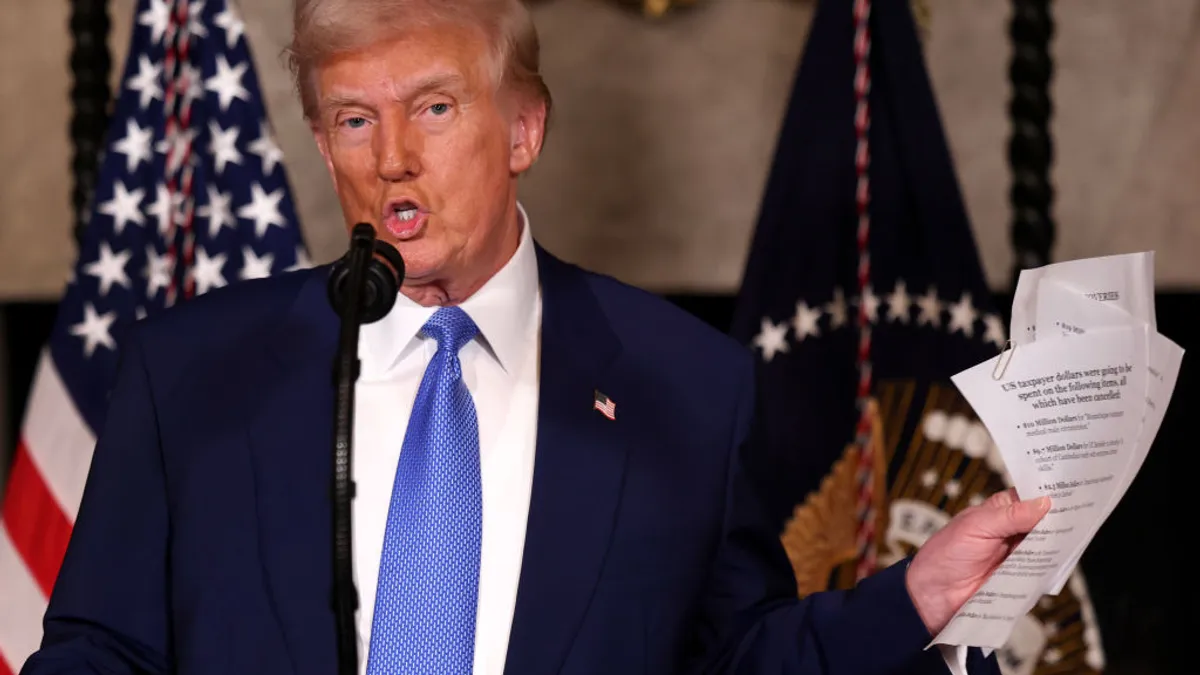In light of the insider-trading rules the Securities and Exchange Commission released in December, it could be better for executives to trade stocks during open window periods rather than under the 10b5-1 plans that are designed to protect them, legal specialists say.
What’s more, even with the protection executives receive under 10b5-1 plans, it could be safer for companies to place strict limits on when they make equity compensation awards and also for when executives make stock donations to nonprofits.
“Rule 10b5-1 trading arrangements [are now] less desirable, and those individuals and issuers considering such arrangements will need to weigh additional factors in deciding whether to use such arrangements,” a Morgan Lewis analysis says.
Tackling abuse
The SEC’s rule, released Dec. 14, tightens restrictions around 10b5-1 plans that give executives an affirmative defense against insider trading charges when they make an advantageous trade in their company stock.
It’s not that executives must trade under the parameters in their plan; they’re free to trade whenever they want. But the plan gives them an affirmative defense if a red flag is raised over whether they benefited from knowing material nonpublic information.
The plans have long been subject to criticism for giving executives cover for the timing of their trades. Studies have shown that a large percentage of trades are made shortly after a plan is executed, suggesting it’s the timing of the trade that drives adoption of the plan and not the plan governing when they trade.
“A subset of executives use these plans to engage in opportunistic, large-scale selling,” Stanford University researchers said in a report they released last year.
To curb abuse, the SEC’s rule requires the plans to include a cooling off period and for companies to disclose the plans in their public filings, among other things.
Executives also have to certify they’re not timing their trades based on material nonpublic information. This effectively opens a new liability front for executives, but for many companies it won’t be seen as new; many dealers already require this, the Morgan Lewis analysis says.
Recommended steps
The rule’s addition of a cooling-off period also won’t represent that big of a change for many companies to the extent they already include one in their trading policies.
For these companies, compliance is just a matter of making sure their cooling-off period aligns with the rule, which requires a 90-day pause for executives and a 30-day pause for lower-level employees who don’t typically have access to material nonpublic information. The length of the pause is also affected by when the company files its public reports with the SEC.
The new disclosure requirement could present problems, though. Companies would have to make public the number of shares an executive intends to trade, exposing leadership to criticism if analysts or shareholders question the reason behind the plan.
“An unfavorable market price reaction [could] become a topic of discussion in shareholder engagement or a point of contention for shareholder activists,” a Gibson Dunn analysis says.
For that reason, with the exception of sell-to-cover trades, it might be better for executives to simply sell during ordinary open window periods, as long as they have pre-clearance from the company’s general counsel, the Gibson Dunn analysis says.
The timing of equity compensation awards could also be an issue. Given the SEC’s focus on so-called spring-loaded equity compensation awards, in which trades are made just before non-public good news is released so the stocks pop in value once the news is out, it’s a good idea to make the awards only after material nonpublic information has been released. That way, you don’t raise a red flag within the SEC.
“Companies should be aware of the optics of making awards close to the public release of material nonpublic information,” the Gibson Dunn analysis says.
Gifting stocks could also be an issue. It’s not uncommon for executives to give stocks to help nonprofits boost their revenue far more than they could get with a comparable donation in cash while the executive gets a tax break.
Both the executive and the nonprofit benefit if the stock donation jumps in value immediately after they’re donated. But, as with the equity compensation awards, the SEC could see that as a red flag.
“Many, if not most, non-profit organizations have a policy of immediately selling any securities received as a gift,” the Gibson Dunn analysis says. “They are not in the business of holding securities.”
That means it’s incumbent on executives – and should be reflected in company policy – that donations be made without consideration of when material nonpublic information will be released.
“Corporate insiders who are aware of material nonpublic information [MNPI] should proceed with caution when gifting company securities,” the Gibson Dunn analysis says. “They could be liable if they gift securities when they are aware of MNPI and while knowing (or being reckless in not knowing) that the donee would sell the securities prior to the disclosure of the MNPI.”
The new rule takes effect 60 days following its publication in the Federal Register sometime this spring, making many of the provisions effective this summer.



















